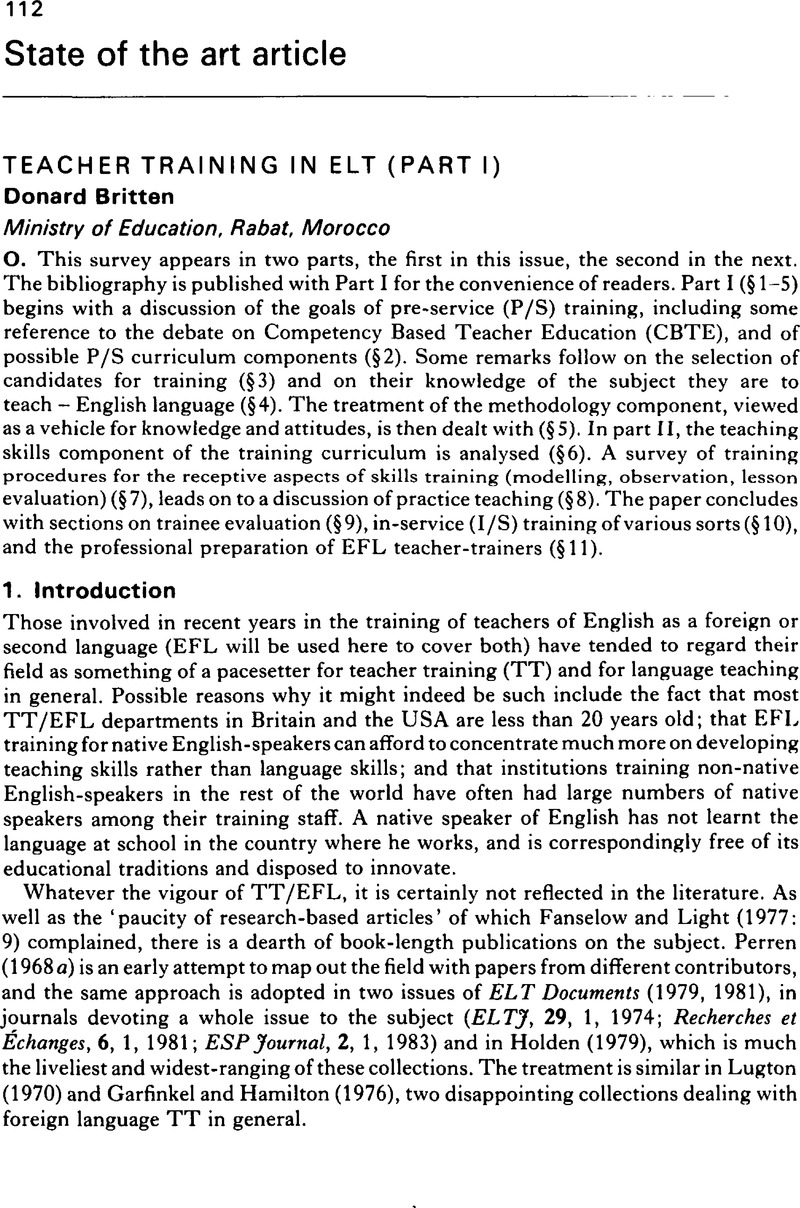Crossref Citations
This article has been cited by the following publications. This list is generated based on data provided by Crossref.
Woodward, Tessa
1988.
Loop-input: A new strategy for trainers.
System,
Vol. 16,
Issue. 1,
p.
23.
Berry, Roger
1990.
The role of language improvement in in-service teacher training: Killing two birds with one stone.
System,
Vol. 18,
Issue. 1,
p.
97.
Ely, Christopher M.
1994.
Preparing Second Language Teachers for Strategy Instruction: An Integrated Approach.
Foreign Language Annals,
Vol. 27,
Issue. 3,
p.
335.
Wright, Tony
2010.
Second language teacher education: Review of recent research on practice.
Language Teaching,
Vol. 43,
Issue. 3,
p.
259.
윤서영
and
Chung-Hyun Lee
2012.
The Impact of Explicit Listening Instruction on Teacher Preparation Practices in Blended Learning.
Multimedia-Assisted Language Learning,
Vol. 15,
Issue. 4,
p.
175.
Drew, Ion
2019.
English Didactics in Norway.
p.
57.
Ataş, Ufuk
and
Daloğlu, Ayşegül
2024.
Developing a comprehensive profile of professional development and identity for English language teacher educators.
European Journal of Education,
Vol. 59,
Issue. 4,
E. I., Margaret
and
U. E., Joyce
2024.
English Language Teaching and Learning in Secondary Schools in Isoko North Local Government Area of Delta State: Problems and Prospects.
International Journal of Literature, Language and Linguistics,
Vol. 7,
Issue. 1,
p.
155.



